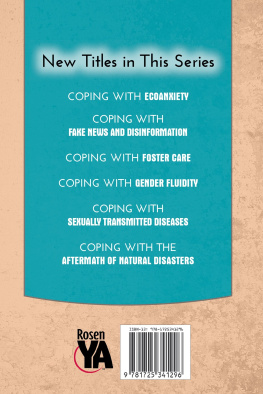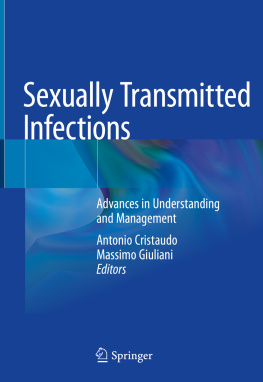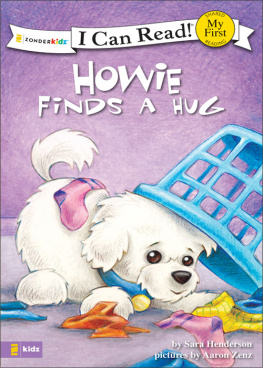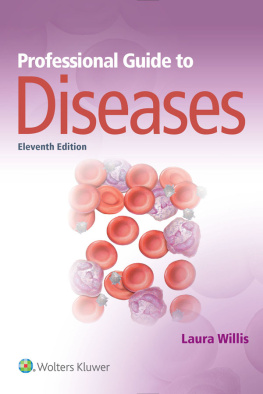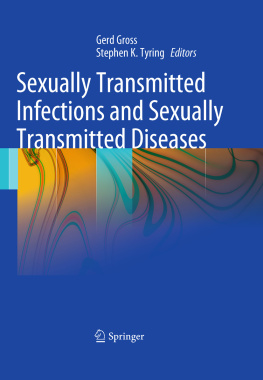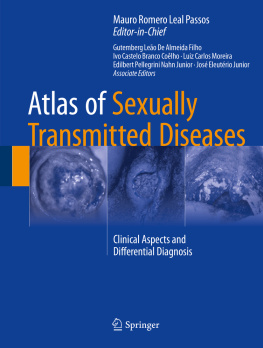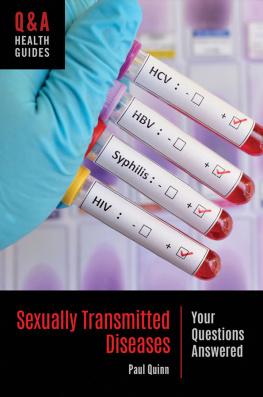Abbreviations
| Term | Meaning |
| AAFVD | Australian Association for Fighting Venereal Diseases |
| AAMC | Australian Army Medical Corps |
| AAMWS | Australian Army Medical Womens Service |
| AANS | Australian Army Nursing Service |
| ADF | Australian Defence Force, comprising the Royal Australian Navy, Australian Army, and Royal Australian Air Force |
| ADH | Australian Dermatological Hospital |
| ADMS | Assistant Director of Medical Services |
| AFH | Australian Field Hospital |
| AFV | Australian Force Vietnam |
| AGH | Australian General Hospital, often prefixed by a serial number to indicate a particular unit |
| AIDS | Acquired immunodeficiency syndrome, a sexually transmitted infection caused by the retrovirus HIV |
| AIF | Australian Imperial Force, an army raised for overseas service during World War I and World War II The terms First AIF and Second AIF are often used to distinguish between the two AIF formations |
| AMD | Army Medical Directorate |
| AMF | Australian Military Force |
| AMS | Army Medical Service |
| ANZAC | Australian and New Zealand Army Corps |
| APM | Assistant Provost Marshal |
| ASH | Australian Special Hospital (during World War I), often prefixed by a serial number to indicate a particular unit |
| ASH | Australian Stationary Hospital (during World War II); often prefixed by a serial number to indicate a particular unit |
| ATF | Australian Task Force |
| AWAS | Australian Womens Army Service |
| AWLA | Australian Womens Land Army |
| BCOF | British Commonwealth Occupation Force (in Japan) |
| BEF | British Expeditionary Force |
| BMA | British Medical Association |
| CDC | Centers for Disease Control and Prevention (USA) |
| CO | Commanding Officer |
| DAPM | Deputy Assistant Provost Marshal |
| DDMS | Deputy Director of Medical Services |
| DGMS | Director General of Medical Services |
| DMS | Director of Medical Services |
| DMZ | Demilitarised Zone |
| DNA | Deoxyribonucleic acid, a molecule carrying the genetic instructions used in the growth, development, functioning and reproduction of all known living organisms and many viruses |
| EEF | Egyptian Expeditionary Force |
| Fd Amb | Australian Field Ambulance, often prefixed by a serial number to indicate a particular unit |
| HBV | Hepatitis B virus, causing the viral liver infection Hepatitis B |
| HIV | Human immunodeficiency virus, a retrovirus that causes AIDS |
| HPV | Human papillomavirus, a sexually transmitted infection |
| IFA | Indian Field Ambulance |
| LGV | Lymphogranuloma venereum, a sexually transmitted bacterial infection |
| MASH | Mobile Army Surgical Hospital |
| MG | Military Cross |
| MG | Mycoplasma genitalium, a bacterium causing a sexually transmitted infection |
| MJA | Medical Journal of Australia |
| MO | Medical officer |
| MRLA | Malayan Races Liberation Army |
| NSU | Non-specific urethritis, an infection of the urethra not caused by gonorrhoea or chlamydia |
| NZEF | New Zealand Expeditionary Force |
| QIC | Officer in charge |
| PAG | Prophylactic Ablution Centre, a depot at which soldiers could receive early treatment for VD (World Wars I and II) |
| POW | Prisoner of war |
| RAA | Recreation Amusement Association |
| RAAF | Royal Australian Air Force |
| RAAMC | Royal Australian Army Medical Corps |
| RAMC | British Royal Army Medical Corps |
| RAP | Regimental Aid Post |
| RAR | Royal Australian Regiment |
| RMO | Regimental medical officer |
| RSL | Returned and Services League of Australia (formerly the Returned Soldiers' and Sailors Imperial League of Australia) |
| STD | Sexually transmitted disease, an infection displaying symptoms that is transmitted through sexual contact |
| STI | Sexually transmitted infection, increasingly the preferred term instead of STD, as it includes infections with mild or no symptoms |
| UN | United Nations |
| US | United States |
| USA | United States of America |
| VD | Venereal disease, a term encompassing various sexually transmitted infections but often intended to signify gonorrhoea and syphilis |
| WPA | Womens Political Association |
Acknowledgements
This book has been a collaborative effort, with input from many individuals. Heading the list of people I must accordingly thank are Dr Andrew Richardson of the Australian War Memorial (previously of the Australian Army History Unit), Professor Dennis Shanks of the Australian Defence Force Malaria & Infectious Diseases Institute and Professor John Pearn of the Queensland Childrens Hospital in Brisbane. These three friends and advisers made possible the Army History Research Grant enabling me to research and write this book.
I thank the Australian Army History Unit, and especially its Director, Mr Tim Gellel, for making the research grant available. Particular thanks to Mr Nick Anderson for providing the backup support which helped me undertake and complete the research and writing phases of my project. The unit does a magnificent job of supporting grantees and stimulating general interest in Army history.
I owe a great debt to the members of my panel of critics who patiently read and commented on my chapter drafts as I produced them. They walked along journey with me. They were: Professor Gavan Daws, Dr Brian Fotheringham, Dr Gavin Hart, Mr Ross Kennedy, Professor John Pearn, Dr Tom Roberts, Professor Dennis Shanks, Dr John Taylor, Mr David Willis, and the late Mr Stan Walden, who made a heroic effort to ensure that the book accurately reflected a serving soldiers view of the subject. I also thank Professor Pearn for contributing the Preface to this book.
My thanks go to Gavin and Astrid Hart for their hospitality. I am particularly grateful to Gavin for granting me access to his autobiography, MD thesis and journal publications on sexually transmitted diseases.
I gratefully acknowledge the assistance of the staff of the Australian War Memorial, the National Archives of Australia and the National Library of Australia, three great national repositories of historical records.
My editor, Dr Evelyn Graham, has ensured that the original manuscript was efficiently translated into a published book, and a much better book than it would otherwise have been. Behind every good book is an excellent editor, and with gratitude I can say that this book and its author have been especially fortunate that Evelyn was the editor.
With the greatest pleasure I acknowledge the efforts of Denny Neave, my publisher at Big Sky Publishing, and his team of specialists. These include Pat Kan (graphic designer), Chris Nesci (designer-typesetter), Phillipa (indexer) and Sharon Evans (marketing and sales). As previously, being able to work with this obliging, talented team has been a special pleasure.
Next page


